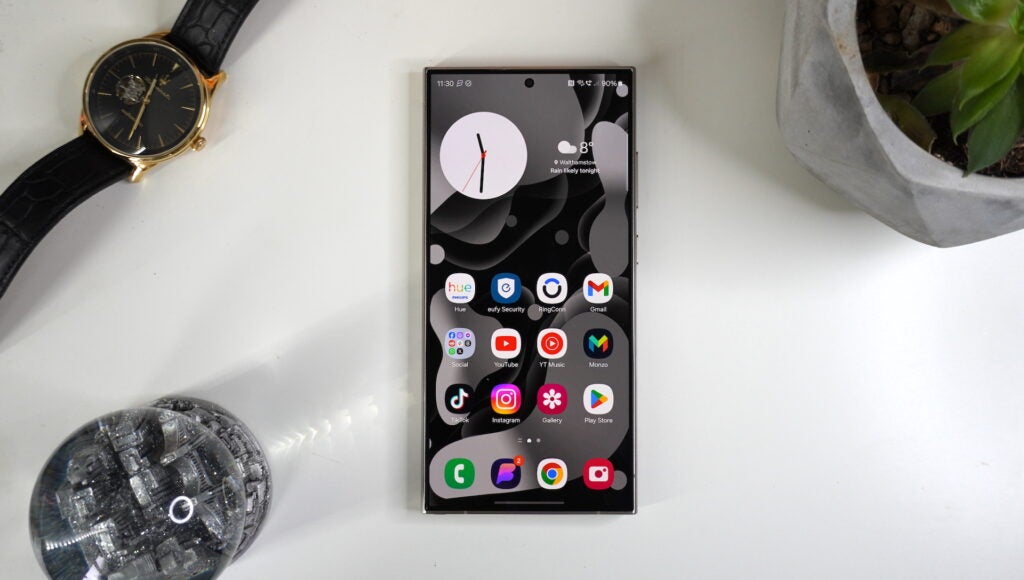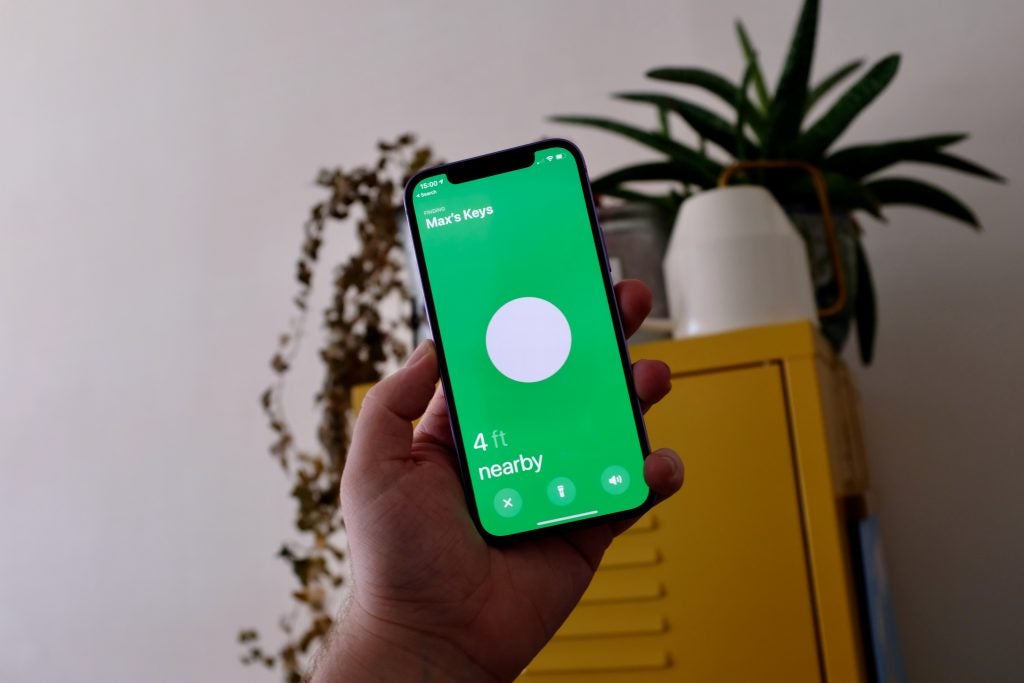I get it; mobile component announcements aren’t that sexy at the best of times, let alone when it’s just a Wi-Fi chipset – but bear with me here because Qualcomm’s new FastConnect 7900 is actually rather interesting.
It follows on from the first Wi-Fi 7 chipset that Qualcomm revealed two years ago at MWC, and it should not only seriously boost the Wi-Fi capabilities of your next flagship smartphone, but it should enable some pretty cool experiences too.
Let me rewind a bit; the FastConnect 7900 is the first Wi-Fi chipset to utilise onboard AI to enhance the wireless experience. According to Qualcomm, the AI is smart enough to understand the context of how it’s being used without encroaching on your privacy by accessing personal data or inspecting packets, and it’ll optimise both latency and power consumption accordingly.
This could manifest itself in several ways; it could boost your Wi-Fi connection during video calls, when streaming videos online or downloading apps or games from Google Play to get you the fastest speeds possible, then automatically reduce speeds to provide better battery efficiency when not needed. It’s also feasible that it could reduce Wi-Fi power during downtimes, like when you’re asleep and only need a minimal connection to maintain app notifications and the like.


This will not only have a knock-on effect on the overall battery life of your device, with Qualcomm’s early tests on reference hardware showcasing a power reduction as high as 30% compared to a regular Wi-Fi 7 chipset, but you’ll be getting a much more responsive, stable Wi-Fi connection – as long as you’re connected to a Wi-Fi 7-enabled network, that is.
To me, however, that’s only one exciting element about the chipset.
The other big feature is Wi-Fi, Bluetooth and ultra-wideband (UWB) support all within the FastConnect 7900 chipset. This is not only good news for manufacturers as one chip takes up less space than three, allowing more space for other components like a larger battery, but it should hopefully speed up adoption of the rather niche UWB connectivity.
It has been a staple of iPhones for a while, but adoption isn’t quite as ubiquitous on Android, and I can only assume that it comes down to the cost of the additional component. With the functionality built into the latest Wi-Fi chipset, that should hopefully remove that big hurdle.
For those that haven’t had the chance to use a UWB-enabled iPhone with AirTags, it essentially allows phones to locate nearby devices with exceptional accuracy, with an iPhone pointing you directly towards the AirTag with a compass and a distance measurement to let you know if you’re close. Imagine that, but on a larger scale, allowing your Android phone to be able to not only accurately locate Bluetooth trackers but also perform actions like get localised directions around a busy shopping centre using Wi-Fi sounding and UWB sounding.


The latter is something that’s still a way off, requiring retailers to build the tech into stores, but if the tech is readily available on most smartphones, there’s no reason why they wouldn’t.
It also plays nicely into the augmented reality future we’re slowly marching towards, with future UWB-enabled smart glasses able to identify and communicate with nearby devices.
So, yes, while the announcement of the FastConnect 7900 may not be the sexiest thing to come out of MWC, it’s a component that could have a huge impact on the mobile market over the next couple of years.

